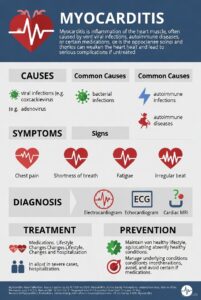Iron-deficiency anemia
- Inadequate dietary intake
- 5% to 10% of ingested iron is absorbed
- Malabsorption
- Iron absorption occurs in the duodenum
- Diseases or surgery that alter, destroy, or remove absorption surface of this area of intestine cause anemia
- Blood loss
- 2 mL whole blood contain 1 mg iron
- Major cause of iron deficiency in adults
- Chronic blood loss most commonly through GI and GU systems
- Hemolysis
- Pregnancy contributes to this condition
- At-risk groups
- Premenopausal women
- Pregnant women
- Persons from low socioeconomic backgrounds
- Older adults
- Individuals experiencing blood loss
Clinical manifestations
- General manifestations of anemia
- Pallor is most common
- Glossitis is second
- Inflammation of tongue
- Cheilitis is also found
- Inflammation of lips
Diagnostic studies
- Laboratory findings
- Hgb, Hct, MCV, MCH, MCHC, reticulocytes, serum iron, TIBC, bilirubin, platelets
- Stool occult blood test
- Endoscopy
- Colonoscopy
Interprofessional care
- Goal
- Treat underlying disease causing reduced intake or absorption of iron
- Replace iron
- Nutritional therapy
- Oral iron supplements
- Transfusion of packed RBCs
Drug therapy
- Parenteral iron
- Indicated for malabsorption, oral iron intolerance, need for iron beyond normal limits, poor patient compliance
- Can be given IM or IV
- IM may stain skin
- Z-track




